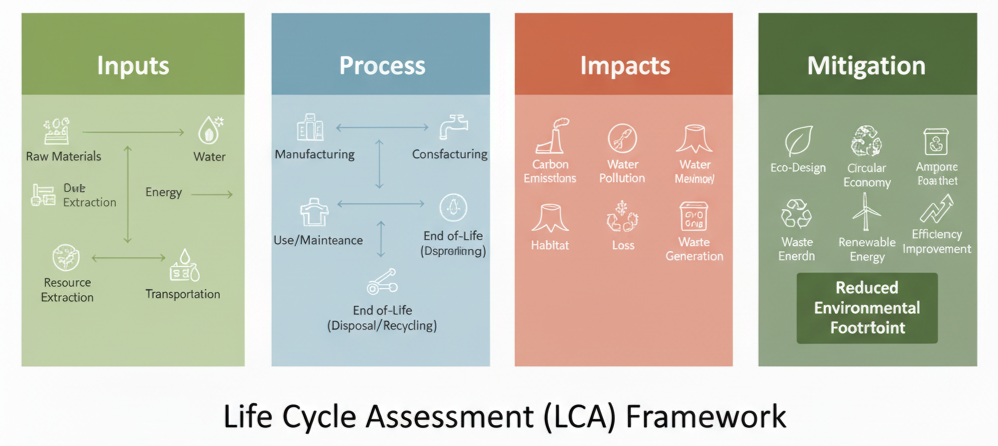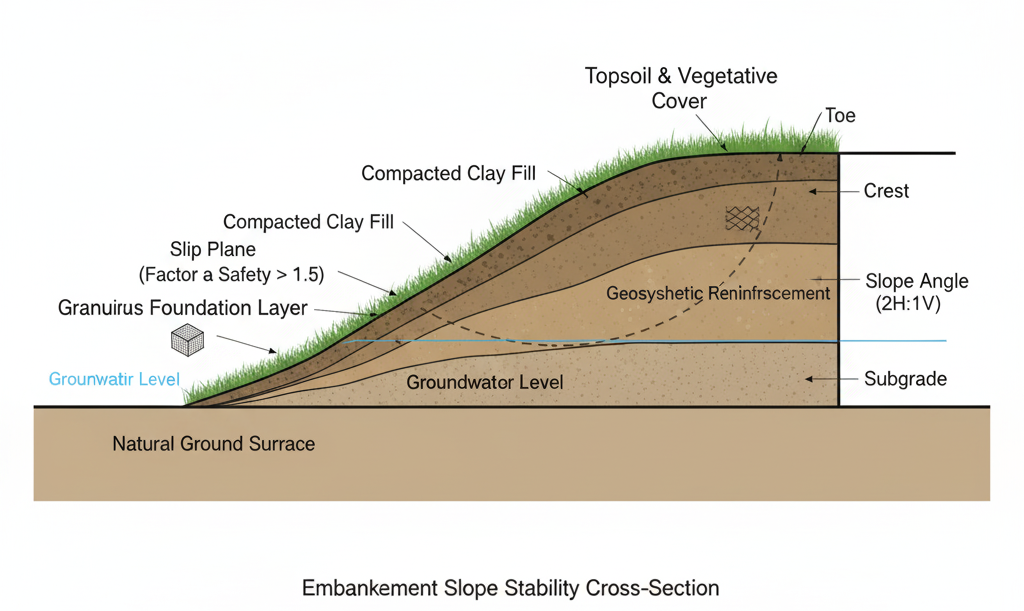Sustainable Solutions for a Resilient Future
At Green Earth Solutions LLC, we believe that sustainability is not just an environmental responsibility—it’s the foundation of long-term resilience. Our approach, Sustainable Solutions for a Resilient Future, integrates innovative geotechnical engineering practices with sustainability principles to create infrastructure that endures environmental, economic, and social challenges. We focus on minimizing the carbon footprint of construction, optimizing resource use, and enhancing soil and structural performance through nature-inspired and data-driven methods. By aligning engineering excellence with environmental stewardship, we help clients build projects that stand strong today and remain sustainable for generations to come.
Who We Are
At Green Earth Solutions LLC, we believe that the future of infrastructure lies in harmony with the environment. Our work bridges engineering science and sustainability to create resilient, high-performing, and environmentally responsible foundations for the world’s growing needs.
By integrating innovative ground improvement techniques, life cycle assessment (LCA), and nature-inspired design, we help clients build smarter, stronger, and greener. Every project we undertake reflects our commitment to advancing sustainable engineering practices that balance human progress with environmental stewardship.
Our Sevices
Sustainable Ground Improvement
Advanced soil stabilization and innovative foundation design methods that significantly enhance strength and overall performance, all while carefully minimizing environmental impact.
Life Cycle Assessment (LCA) & Sustainability Consulting
Quantifying environmental impacts to guide sustainable material selection, construction practices, and carbon-conscious design strategies.
Pavement & Earthwork Engineering
We optimize subgrade treatments, assess performance, and extend service life. Specializing in sustainable base design, recycled materials, and performance modeling for infrastructure.
Forensic & Risk-Based Geotechnical Analysis
We analyze failures, assess risks, and recommend mitigation using advanced modeling, specializing in slope instability, differential settlement, and soil–structure performance.








